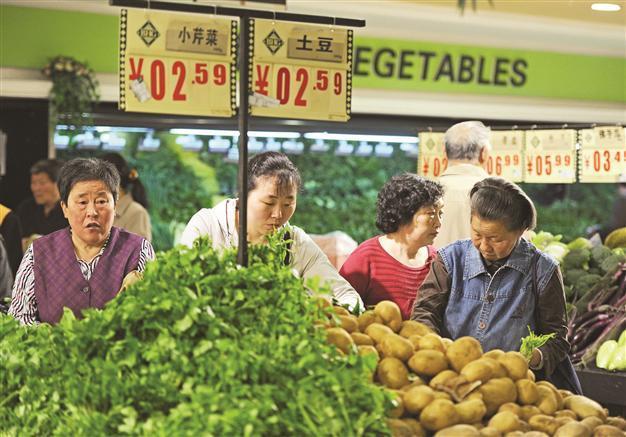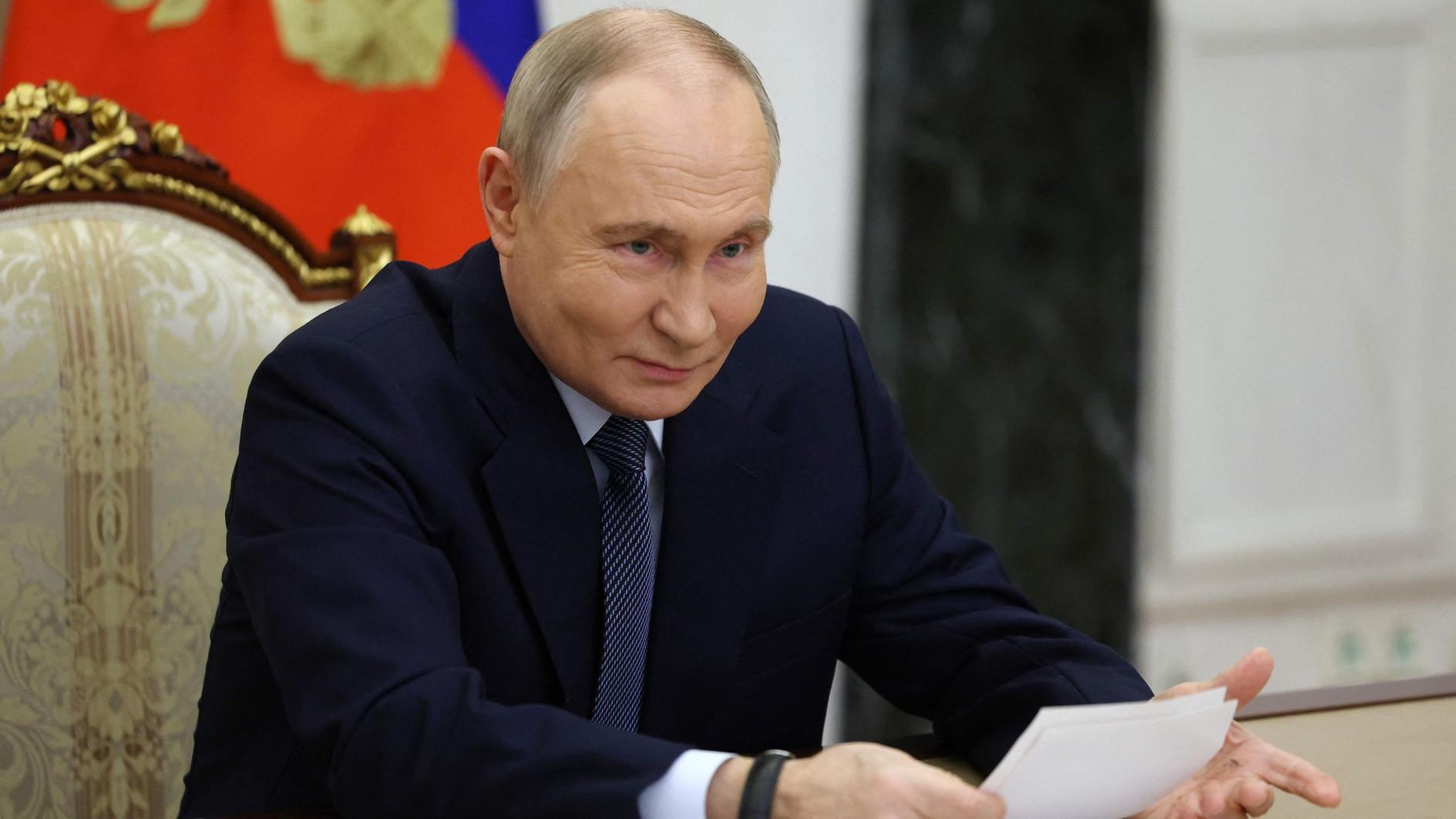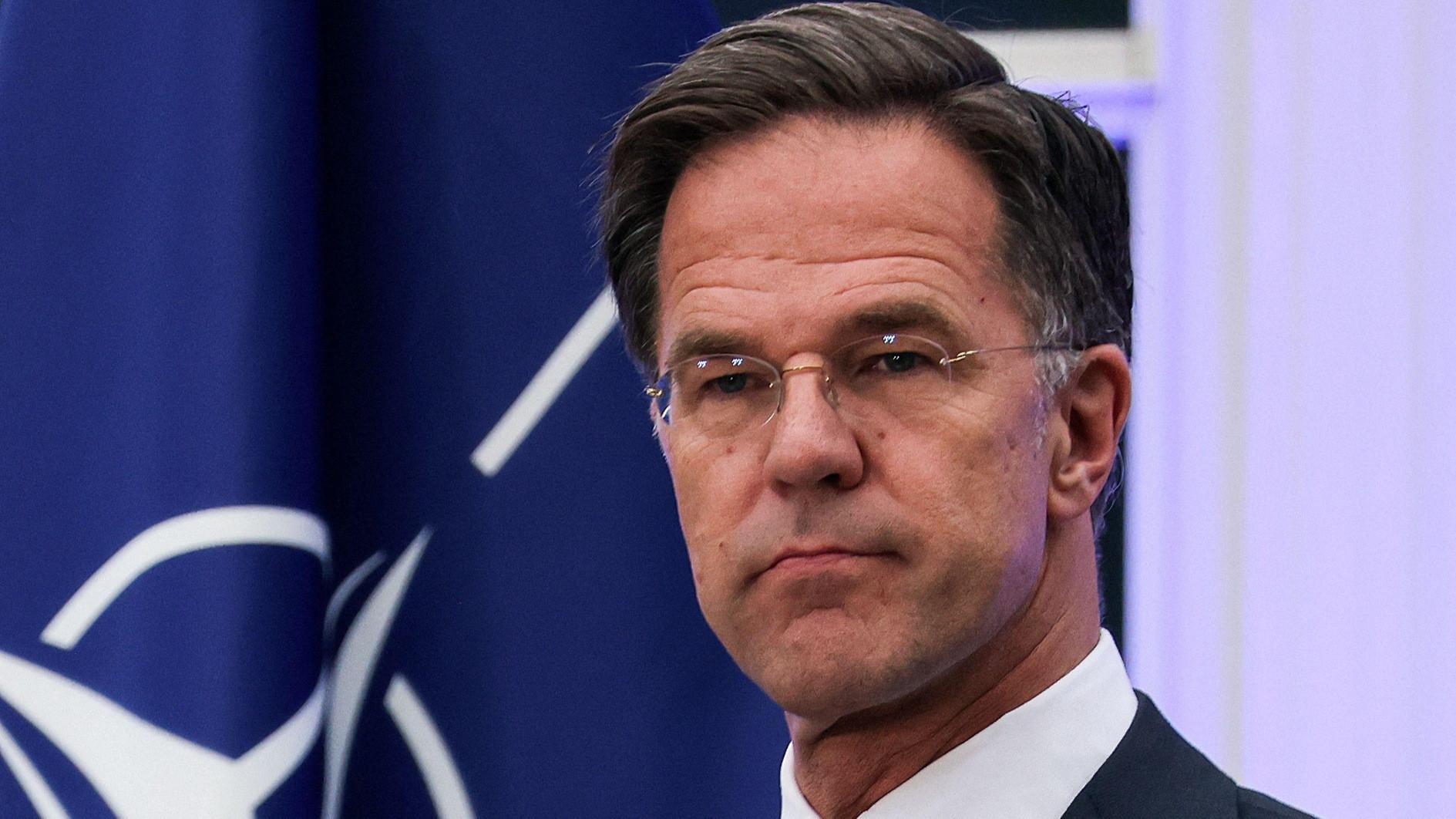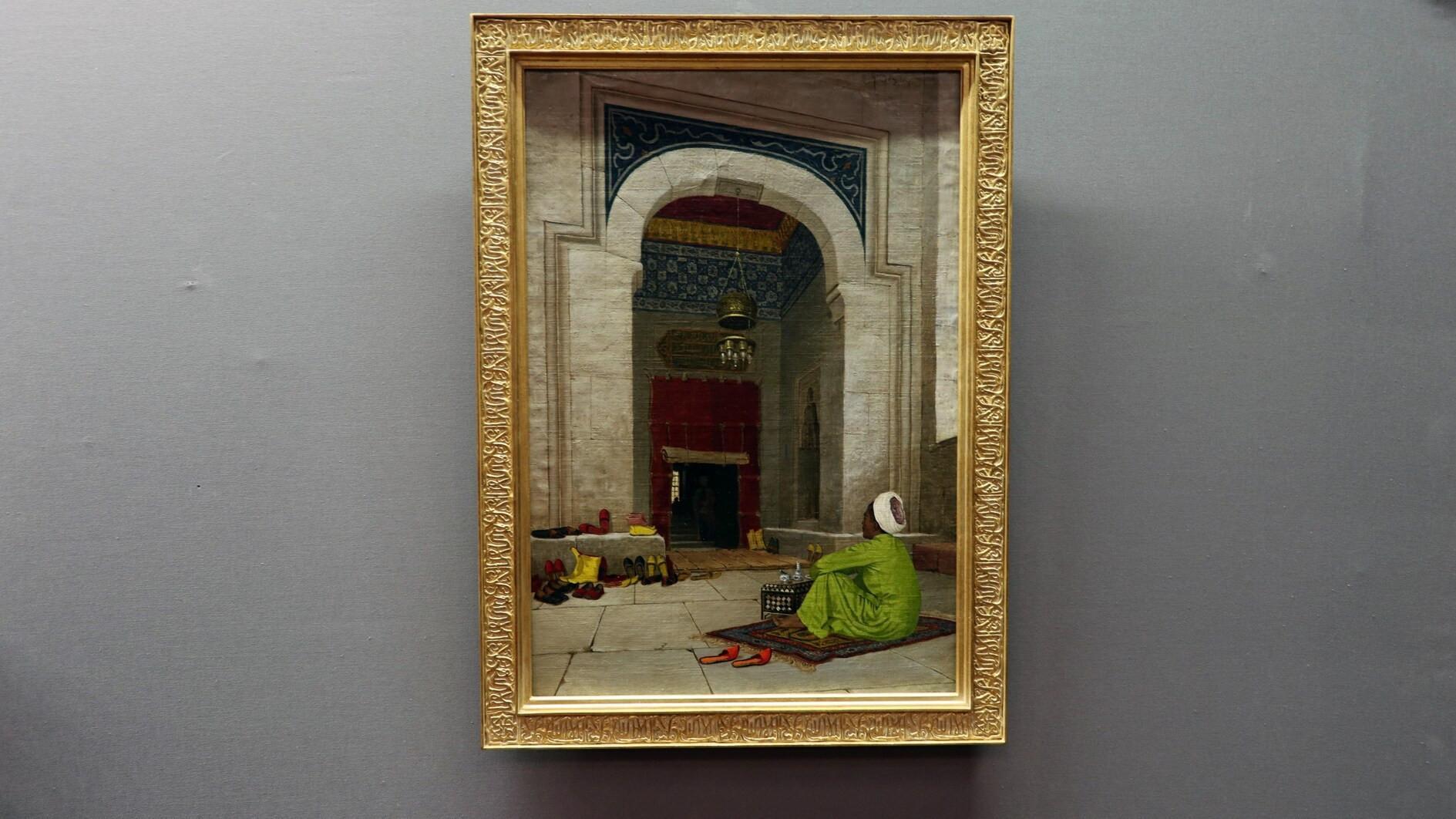Chinese inflation rate rises to 3.6 percent on food prices
BEIJING - Agence France-Presse

Chinese shoppers buy vegetables at a supermarket in Hefei, east China, yesterday. China’s inflation rate edged up in March.
China’s inflation rate edged up in March from the previous month, official data showed Monday, but analysts said they expect it to continue its downward trend.The consumer price index (CPI) rose to 3.6 percent in March from 3.2 percent in February, slightly higher than analysts’ expectations, as bad weather pushed up food prices and authorities raised the price of fuel.
Inflation -- one of China’s biggest economic concerns because of the potential for rising prices to trigger social unrest -- hit a high of 6.5 percent last July, but has gradually slowed since.
“CPI was mainly pushed up by food prices, which resulted from an undersupply of vegetables due to relatively cold weather in March,” Li Huiyong, a Shanghai-based analyst at Shenyin Wanguo Securities, told AFP.
Food prices, regularly the source of government concern as they hit China’s most sensitive populations, rose 7.5 percent in March.
The government’s move to hike fuel prices twice since the start of this year also contributed to rising costs, but Li said the overall “downward trend” of China’s inflation rate was likely to continue.
“We think the downward trend will likely be unchanged, with the CPI bottoming out in July this year,” he said.
Inflation hit its lowest rate since 2010 in February and analysts expect it to remain under four percent this year, despite this month’s price rises.
Premier Wen Jiabao, speaking at the opening of the annual session of parliament in March, warned consumer prices remained high and said the government’s aim was to keep inflation within four percent this year.
As China’s growth has shown signs of slowing, the government has been keen to loosen credit conditions to boost exporters and small and medium-sized enterprises hit by the global economic slowdown.
Beijing has twice lowered the banks’ reserve requirement ratio in the past four months, effectively increasing the amount of money they can lend, and analysts said they expect further such moves in the coming months.
“There’s still room for the central bank to lower reserve ratio requirements soon,” said Tang Jianwei, an economist with the Bank of Communications, based in Shanghai.
The producer price index, which measures the cost of goods at the farm and factory gate and is a leading indicator of consumer prices, fell 0.3 percent year-on-year in March.
China has cut its economic growth target to 7.5 percent this year from eight percent last year, in an official acknowledgement that the export-driven economy is slowing as Europe’s debt crisis and sluggish US economic recovery hurts demand for its products.
China FOUNDS rare earths group
SHANGHAI - The Associated Press
China has set up a rare earths industry association to fend off trade complaints and help promote development of the sector that is critical to high-tech manufacturing globally.
The Ministry of Industry and Information Technology announced the group’s founding Sunday, saying it would coordinate mining, smelting and processing and seek to form a “reasonable price mechanism” for the materials, used in many high-tech applications.
China has about a third of the world’s rare earth reserves but supplies about 90 percent of what is consumed.
It has imposed limits on its exports, citing a need to impose order on an unruly domestic market and to reduce environmental damage, raising protests from Japan, the U.S. and other countries relying on supplies from China.
















